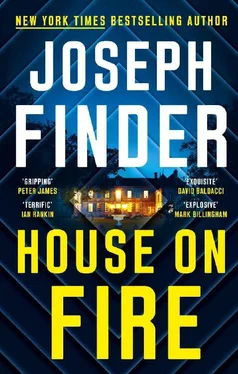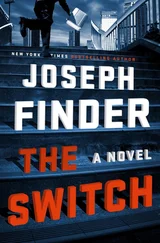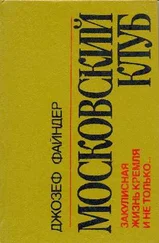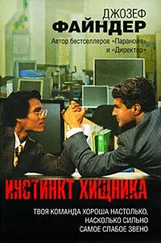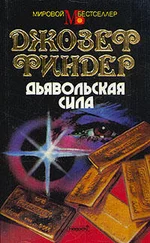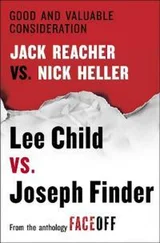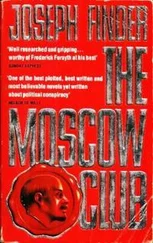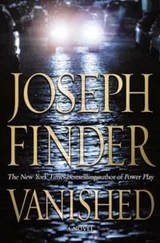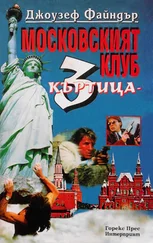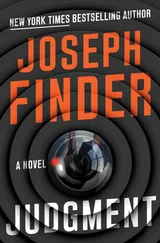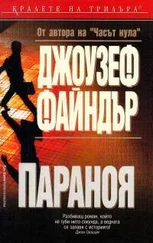“Any luggage, sir?” the driver said.
“Just my backpack,” I said, which was light and on my right shoulder. He gestured for it, but I shook my head. My backpack contained overnight stuff like toothpaste and a toothbrush, a razor and some shaving cream. I had a carry-on garment bag that held my suit.
Dorothy had prepared for me a dossier, a dump file on the Conrad Kimball family and fortune, which I read late into the evening and finished on the flight.
Conrad Kimball was a self-made man who rose through sheer will. He was the most determined man most anyone had ever met.
His father had been a high school football star in a hardscrabble part of West Texas, and Conrad was determined to be like Dad. Problem was, he wasn’t much of an athlete. When he wasn’t picked for his high school team, he trained for hours on his own until he finally made it through sheer stubbornness.
After he got into a small college in Texas, something clicked. Instead of doing what Dad did, why not be something Dad could respect? And what was more respectable than being a doctor? So medical school it was. Suddenly he was on the dean’s list every semester. No more football.
His family couldn’t afford medical school, so he took a job as a pharmaceutical salesman to pay for it and quickly became the most successful salesman ever to work for Roche. He was as responsible as anybody for putting Valium on the map in the early sixties. Mother’s little helper . That was his genius — convincing doctors to prescribe a sedative. Especially once he became a doctor too. Shortly after he got his MD, he invested some of his Roche bonus money and acquired a small pharmaceutical company that made eye drops and laxatives. Because the penny had dropped. The big money wasn’t being made by the sales guys anymore. The big money was being raked in, by the hundreds of millions, by the companies that made the product.
So now he was in business too, and he had an idea.
He’d become interested in synthetic morphine as a painkiller. Way back in 1900, the German company Bayer Chemical invented a drug called heroin, a synthetic form of opium twice as powerful as morphine. They made a ton of money selling heroin over the counter for years until it was outlawed. Now opioids were sold only by prescription, but there was a lot of money to be made in it, Conrad thought.
So he bought another company that was developing a nasal inhaler that dispensed synthetic morphine. This became his star drug, Oxydone. It was found to be effective in treating migraine headaches. Of course, Oxydone was nothing new, nothing more than a novel way to dispense nature’s oldest drug, opium. A new delivery system. But he knew that if he marketed it right, he could create out of it a pharmaceutical empire. An inhaled opiate.
The real breakthrough, the real secret to the swift and explosive growth of Kimball Pharma, wasn’t the drug they were selling to doctors. It was the way they sold it to doctors. Conrad Kimball completely rethought his company’s sales strategy. Target the people who write the prescriptions. Enlist them. Target their sense of compassion. Appeal to their ethical side. Kimball launched an army of sales reps who’d been trained to tell their customers, their doctors, that prescribing Oxydone to their patients in pain was the compassionate, moral thing to do.
This message was delivered to doctors poolside at pain-management seminars in Hawaii. Turned out that doctors who went on these free, all-expenses-paid trips to resorts in Hawaii or Las Vegas, Scottsdale, or Palm Beach, prescribed Oxydone twice as often as those who didn’t. And some of the doctors who’d been on these junkets did studies that showed the drug was safe, that it wasn’t addictive.
Kimball Pharma paid for the studies. That helped.
Now the Kimball family was number twelve on the Forbes “America’s Richest Families” list. The family’s wealth was calculated at fourteen billion dollars. There were six members of the Kimball family, Forbes said. Conrad Kimball and his five kids. If you divided that evenly, each Kimball family member was worth 2.3 billion dollars. Of course, it didn’t work that way. Conrad, as the patriarch and founder, was worth most of that, but he was believed to have passed much on to his kids in the form of trusts.
Conrad Kimball had been married three times and was currently engaged to one Natalya Alexandrovna Aksyonova, about whom little was known other than that she was a Russian national, she was a former fashion model, and she was almost forty years his junior.
I looked up and saw that we were pulling up to a handsome white clapboard, seven-room luxury inn. The Inn at Katonah was a Relais & Châteaux property that my research told me was quietly owned by the Kimball family.
Idling next to us was a black town car.
The driver switched off the engine. He came around and opened the door for me. “Ms. Kimball is waiting for you,” he said.
“Going like that?” Sukie Kimball said with a tart smile.
She meant my tattered jeans and sneakers.
“Think your father will mind if I change at his house?”
“There’s thirty-seven rooms in my father’s house. I’m sure we can find one to use.”
She had on a pair of black leather pants and a lacy white top. She raised her voice. “Hey, Keith, why don’t you take a smoke break,” she called to the driver.
“Yes, ma’am.”
As soon as the driver had left the car, she pulled out a folded sheet of paper and handed it to me. I unfolded it. It was a photocopy of an architectural drawing. She’d already emailed me the drawings the day before.
“Mind if we go over this again?” she said. “This is the first floor of the house. I’ve marked the study.”
“The files are in his study?”
“Somewhere in there.”
“What does that mean, ‘somewhere’? You don’t know where he keeps his files?”
“It’s more complicated than that. He has file drawers for family and personal matters. But then he keeps the most sensitive, secret files... somewhere. He won’t talk about it. I just know they’re somewhere in his home office.”
“So you’re not even sure the file in question is in there somewhere?”
“Oh, it’s in there somewhere. That I’m sure of. Something that explosive, that secret — he’s going to hide a copy in his personal files. I know him.”
“And I’m supposed to wander off to use the bathroom and end up in his study?”
“During the party or after.”
We’d arranged for me to stay in the house, in a separate guest bedroom — Sukie said she was just being respectful to her dad, who insisted that unmarried couples could not cohabitate under his roof — but we hadn’t made any specific plans beyond that. The when and the how of it were up to me.
“He gives some big parties, for an eighty-year-old man.”
“It’s not like he’s rolling out the phyllo dough for the appetizers himself.”
“Who’s the social arbiter in the marriage — him or his Russian fiancée? Or is she wife by now?”
“Natalya’s not his wife. Not yet. But it’ll happen soon enough. She’s been glued to him practically since the day they met on Russian Beauties Dot Com.”
“Is that how they met, for real?”
“Or one of those websites.” She attempted a mock Russian accent: “‘Do you vant real love, romance, or marriage with stunning Russian lady?’” She wasn’t bad.
“Where’d we meet, you and I?” I said.
“A party in TriBeCa.”
“I can make that work. I live in Boston, work for McKinsey and Company as a consultant, and beyond that you stopped asking. That’s all you know.”
“That’s enough.”
Читать дальше
